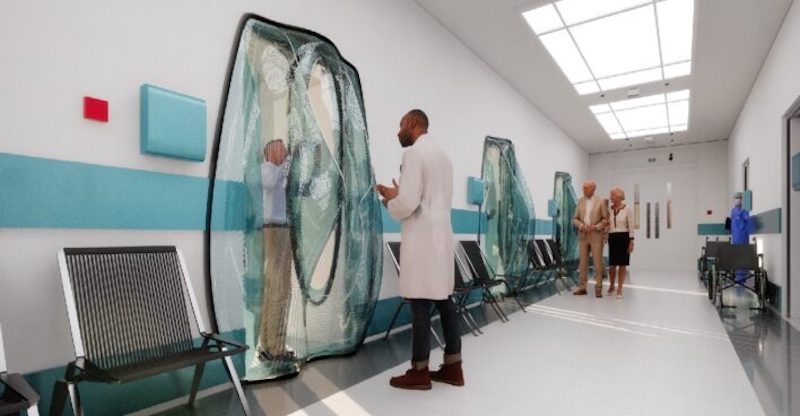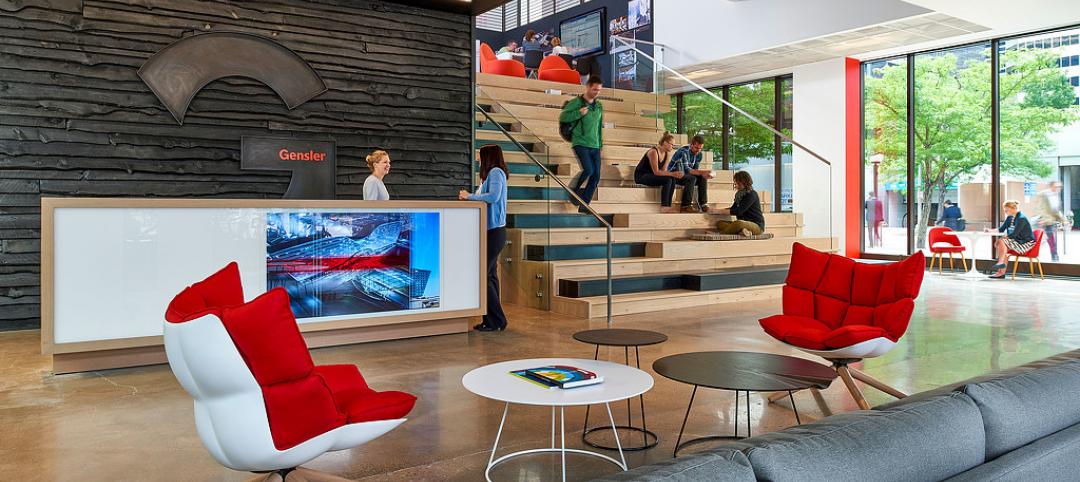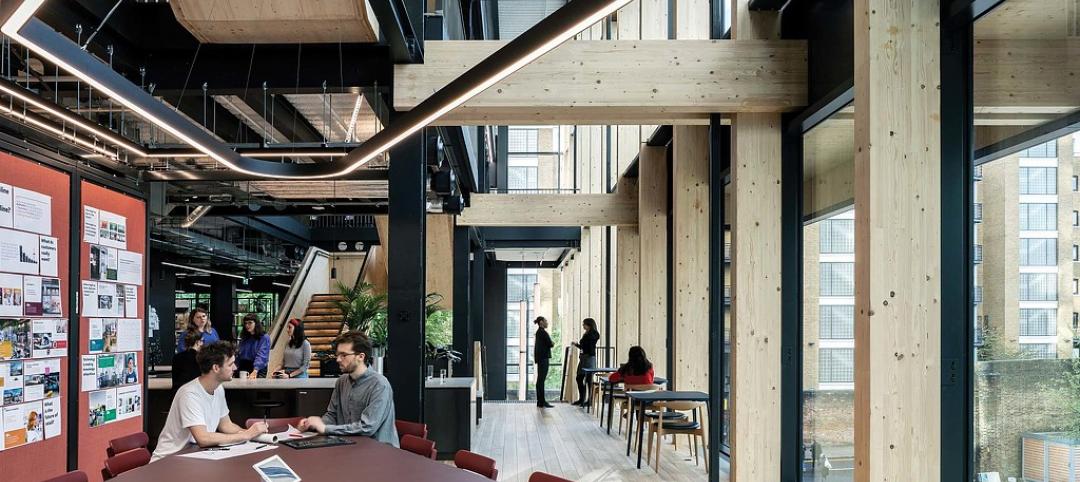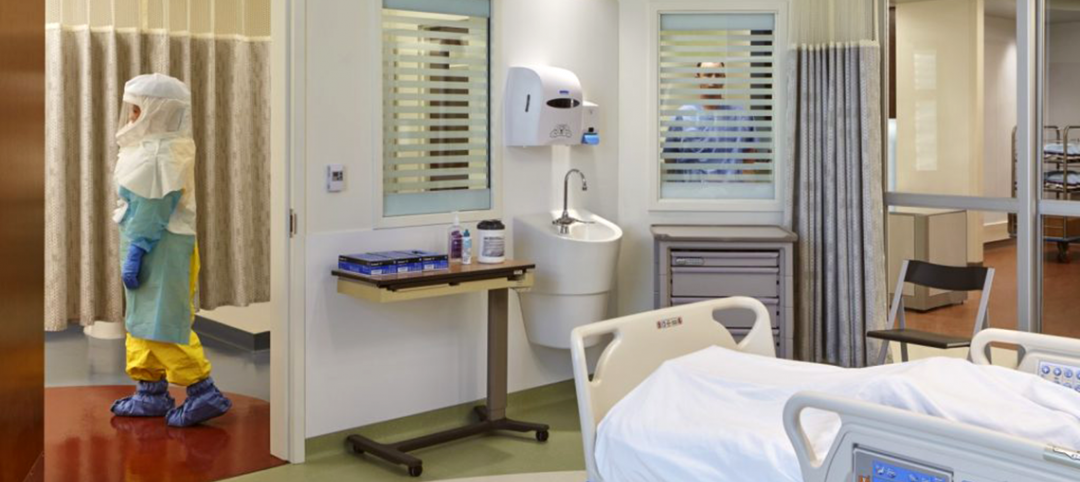“What’s a bubble boy?”
“He lives in a bubble!”
“…boy.”
Coronavirus has made Seinfeld bubble boys and girls out of many of us. But in an effort to make the transition to isolation easier, without the need to sacrifice human interaction, WATG has created Oriel, a new option that allows any room to become a self-isolation zone while maintaining a social component.
“Adhering to safe isolation typically means removing an individual entirely from socialization and communication with the outside world. Complete isolation can spark greater detriment to our health and overall well-being, but Oriel strikes a balance between keeping a safe distance while maintaining human connectivity,” said Daniel Caven, Global Technology Design Lead at WATG.
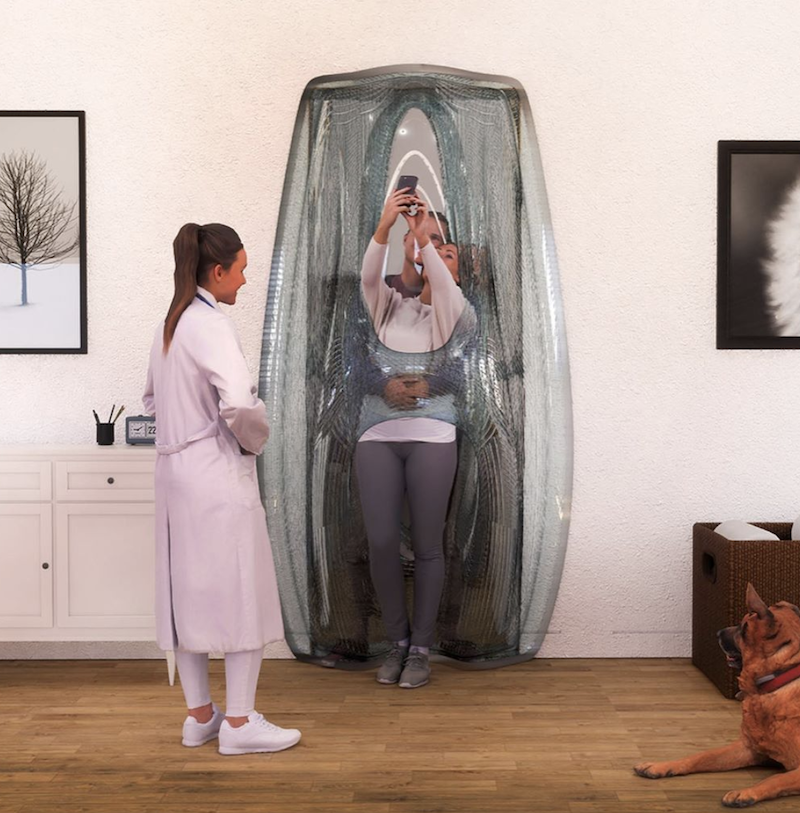
Inspired by oriel bay windows, the translucent and acoustically friendly barrier can be installed onto any doorway. Oriel is an extension of the clear glass doors or windows already found in many healthcare isolation rooms, allowing for privacy and maintaining droplet isolation, but improving interactions with people outside the room. Plastic sleeves built into the design allow for “contact” without people outside the room.
Model heights range from low, medium, and tall, and offer sleeves from low partial, low full, medium partial, and medium full. The sizes are suitable for children, teenagers, adults, and the elderly. Wheelchair accessible scenarios are also available.
Suitable for COVID-19, Oriel can also be used for patients with other communicable diseases or the immunosuppressed, and can be applied across home, apartment buildings, hospice care facilities, and healthcare facilities.
Related Stories
Coronavirus | Mar 15, 2020
Designing office building lobbies to respond to the coronavirus
Touch-free design solutions and air purifiers can enhance workplace wellness.
Coronavirus | Mar 15, 2020
In the face of the coronavirus, workplace wellness is key
Here are a few considerations employers should keep in mind in creating plans for a healthy and effective work environment.
Coronavirus | Mar 13, 2020
AEC business impacts from COVID-19: We want your input!
The BD+C editors would like to hear from you on how your firm is handling business operations and projects during the coronavirus outbreak.
Coronavirus | Mar 13, 2020
COVID-19 and real estate: How the coronavirus is impacting the AEC industry
Here's the latest news BD+C editors are tracking on COVID-19's impact on the AEC industry and the real estate market.
Coronavirus | Mar 11, 2020
A look at how U.S. hospitals are designed to battle infectious diseases like coronavirus
Some health systems can use telehealth and video visits to asses and triage patients before they arrive at a hospital.


